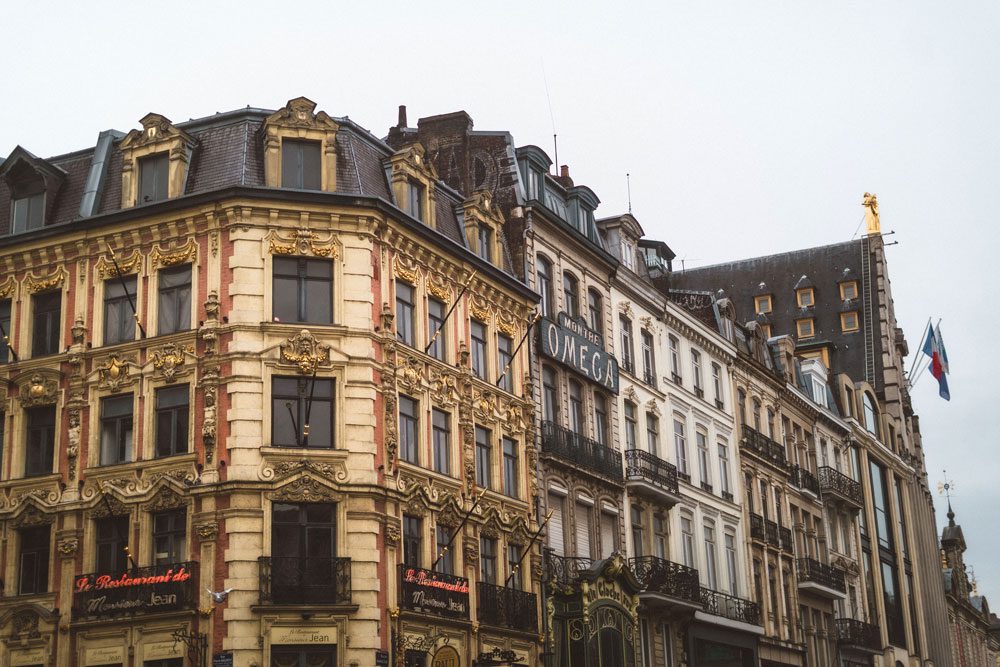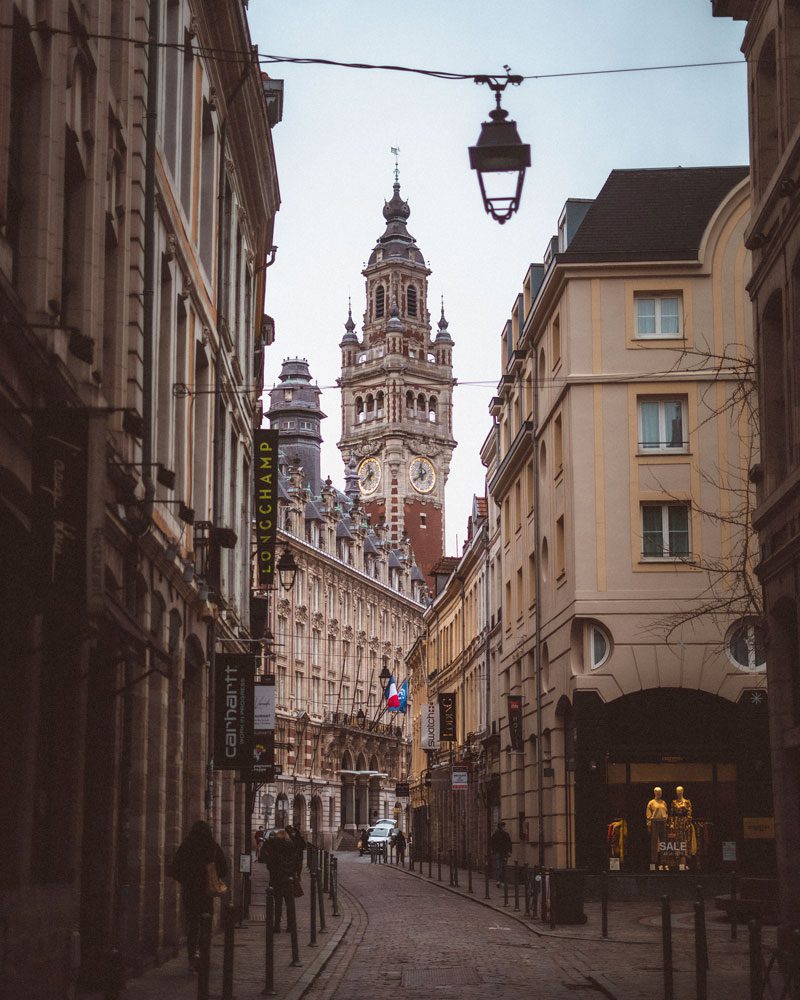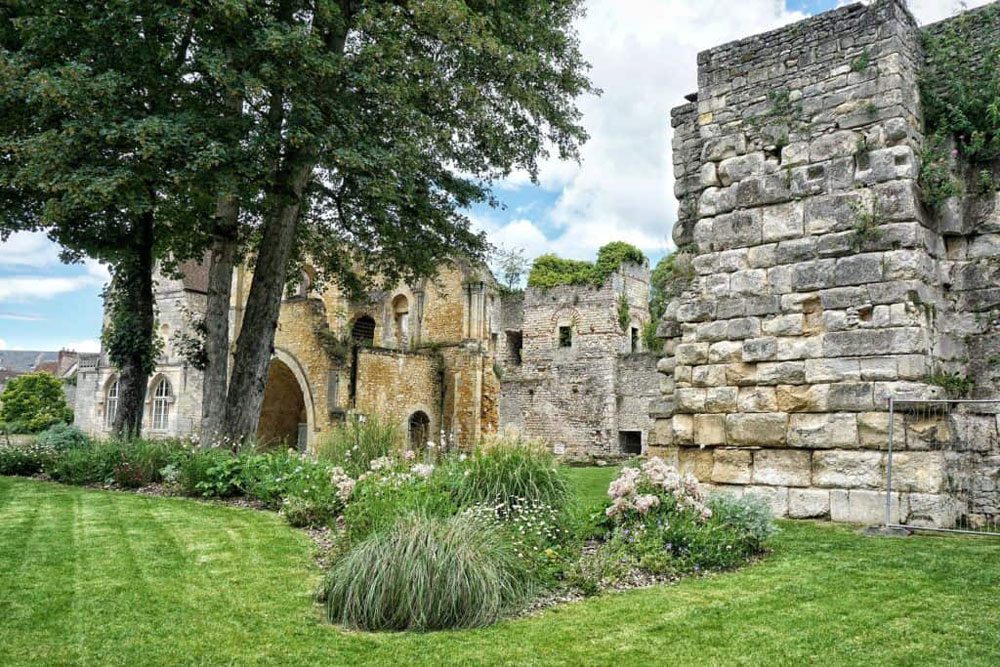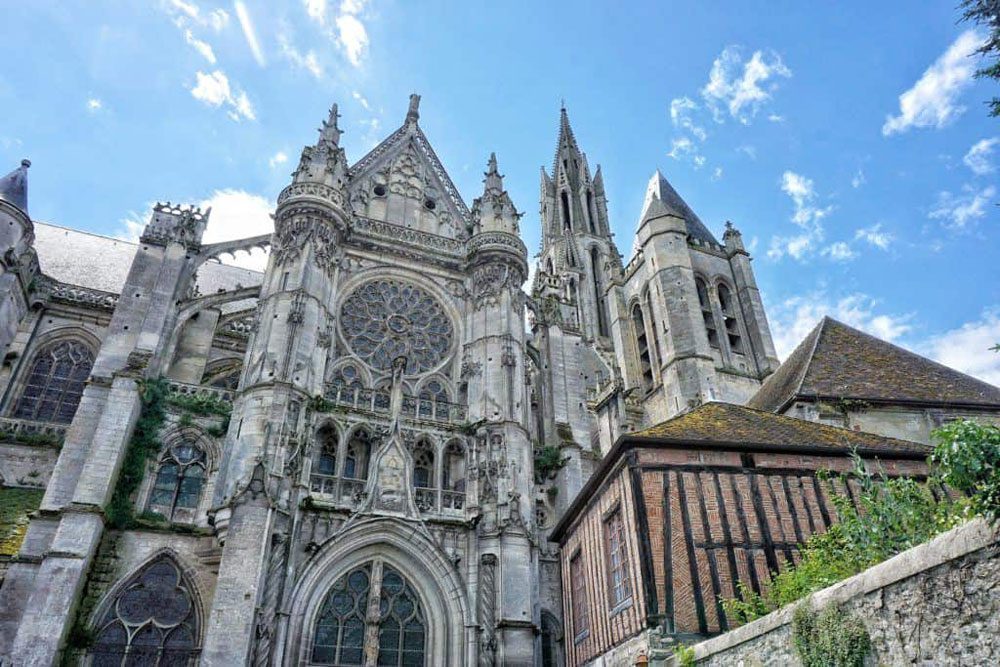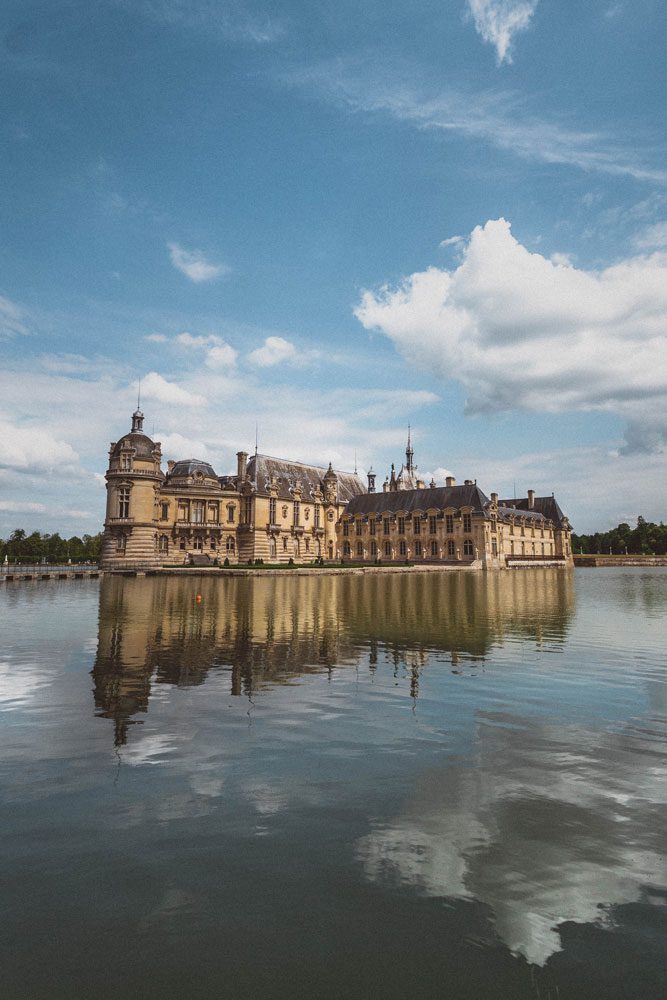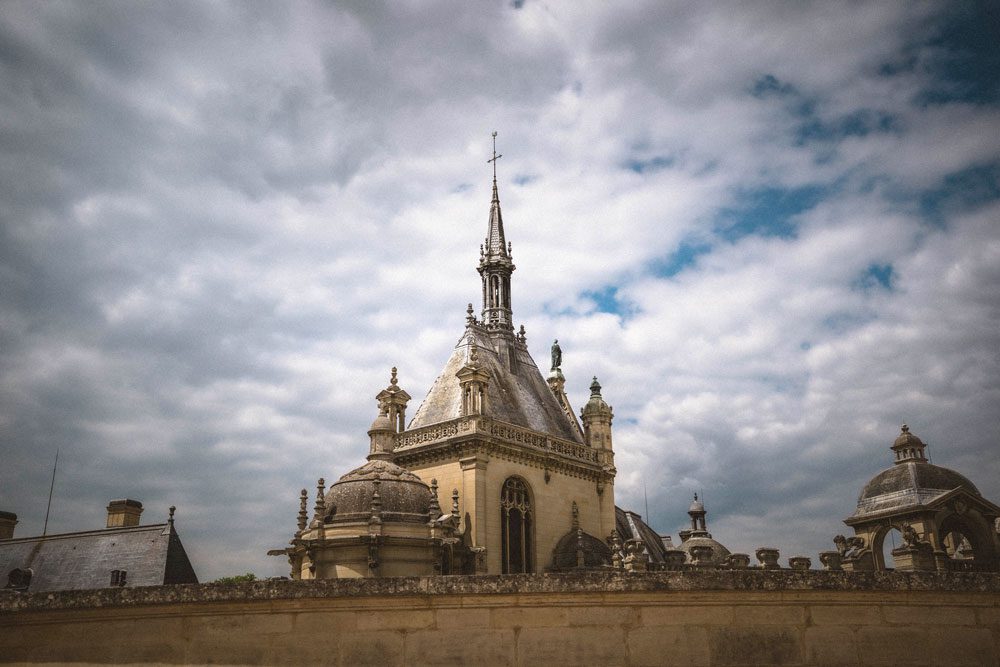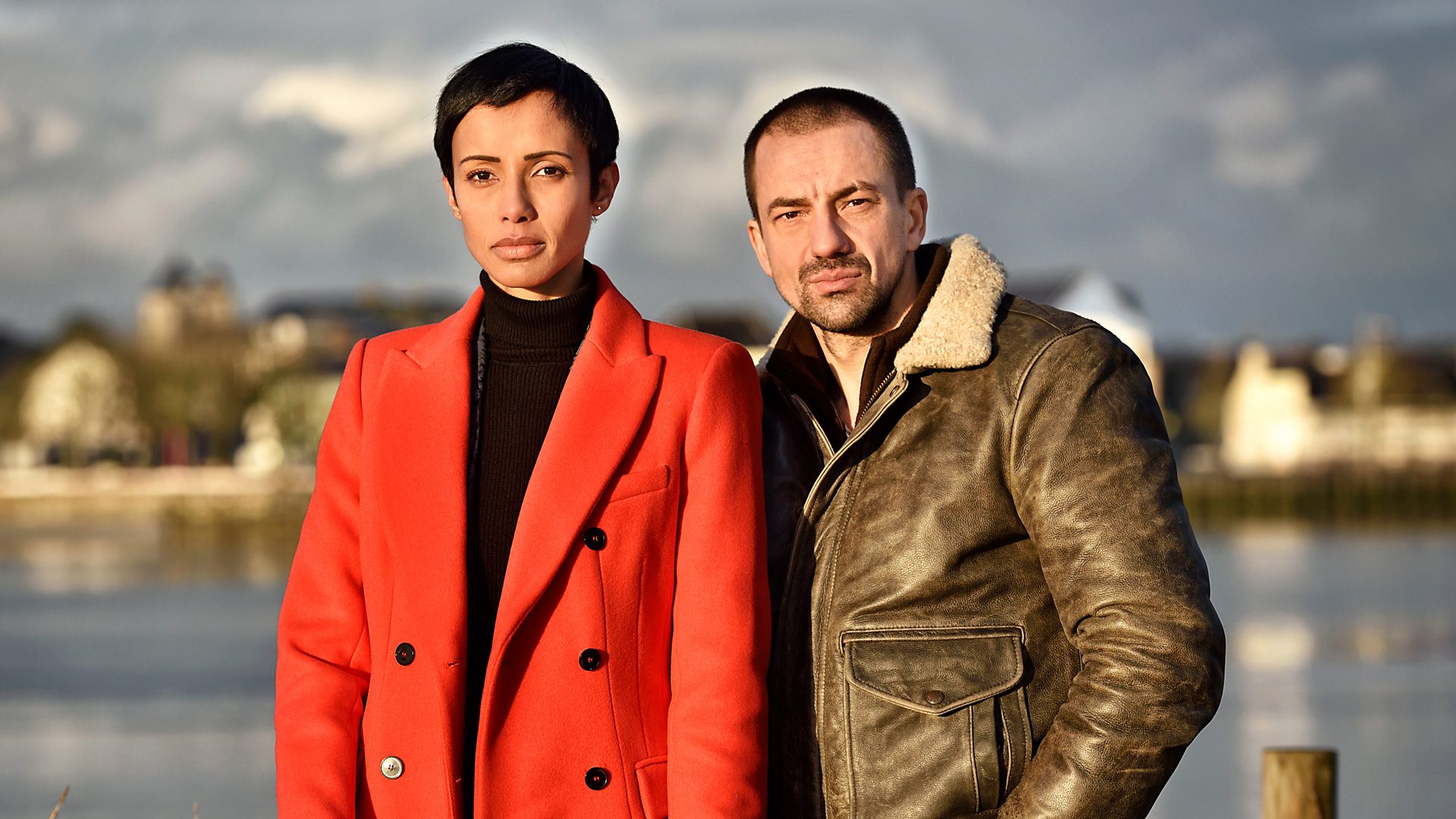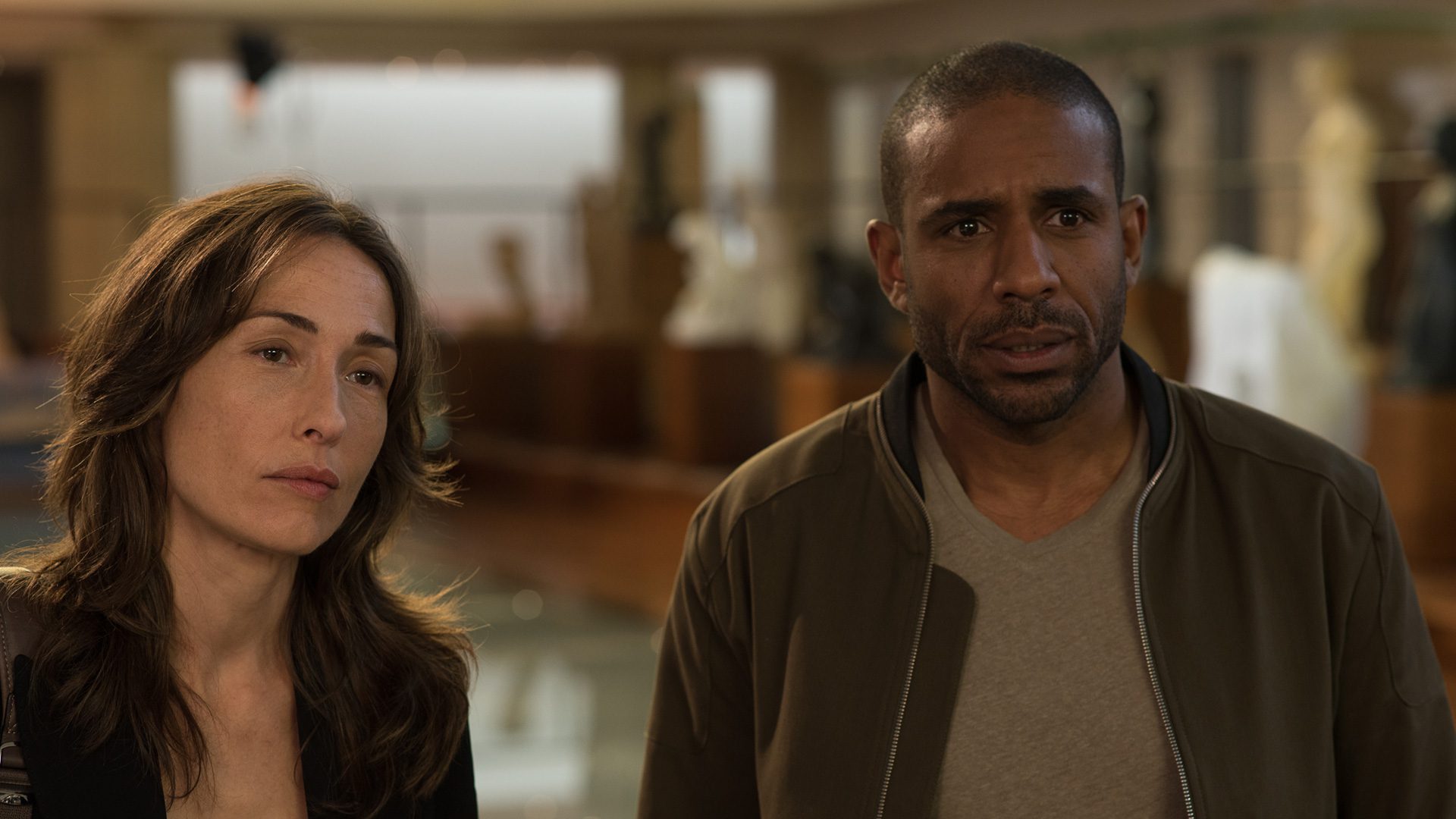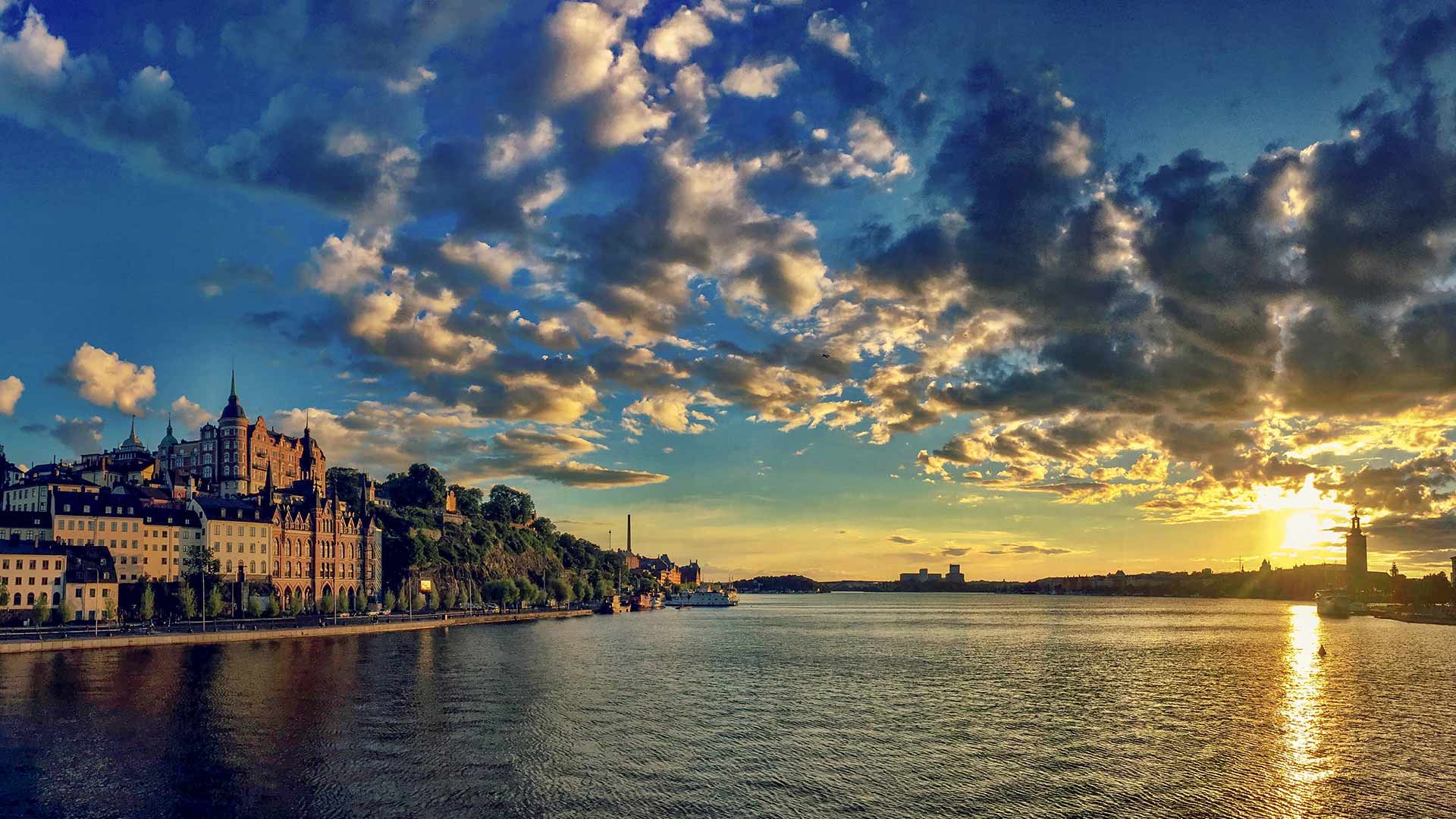
As the northernmost region of metropolitan France, Hauts-de-France lies alongside the border with Belgium and is thus enveloped in many Flemish influences. The area also happens to be nestled alongside the Channel (fondly referred to as La Manche which translates to the sleeve in English)as well as the North Sea. Home to Belgian-style beers, grand cathedrals, and WWI sites, there’s certainly more than meets the eye in this pint-sized pocket of France. Here’s your guide to the best of Hauts-de-France, as well as some of its more hidden gems.
What is Hauts-de-France known for?
Like many other regions of France, Hauts-de-France was only formed in 2016 following an administrative shakeup that saw many smaller regions condensed into larger ones. As such, this area of l’Hexagone was created following the combination of Picardy and Nord-Pas de Calais.
Each of the former regions have a strong cultural identity which can still be felt today; Picardy even has its own Romance language, Picard, which is still spoken by around 700,000 people. Meanwhile, Nord-Pas de Calais is best-known for its coal production in the 19th and 20th-centuries. The Nord-Pas de Calais mining basin has been listed as UNESCO World Heritage since 2012. Now the area is more famous for Calais, one of the largest ports in France.
If you’re visiting France from England, whether it be via the handy Eurostar train (which connects the London and Paris city centers in around two and a half hours) or via the channel tunnel (referred to colloquially as the Chunnel), then no doubt you’ll pass through Calais, which is the gateway to France for the majority of Britons who don’t plan to reach the mainland via air travel. The Eurostar also offers direct trains from London to Lille, the most important city in Hauts-de-France.
Lille
As the capital of Hauts-de-France, Lille is not only its administrative heart, but its cultural one too. Boasting over a dozen churches, a handful of museums, and even a UNESCO listed belfry tower, there’s plenty to marvel at when it comes to Lille.
Lille is just over an hour away from Paris on the high-speed train, making it the perfect weekend getaway that’s a little off the beaten path from the French capital. Despite being one of the largest metropolitan areas of France, Lille’s main attractions are all located close to one another, making it easy to explore the city’s highlights over the course of a day or two.
On a cursory glance around the city, one is likely to notice the large number of brick homes, bars, and taverns, which feel more architecturally similar to those found just over the border in Belgium than those in French cities a mere hour or two away.
During the Middle Ages, Lille was actually part of Flanders and was also ruled by the Burgundians (from Burgundy), as well as the Spanish at various other times. It was only in 1667 that Lille became part of France proper, following conquest by Louis XIV (the Sun King of Versailles notoriety). Today, visitors can marvel at the triumphal arch, Porte de Paris, which was constructed shortly thereafter to commemorate King Louis XIV’s victory.
Vieux Lille is the star of the show when it comes to exploring the city and not to be missed spots include the centrally located Grand Place, the Palais des Beaux Arts (a large art museum boasting works such as Bourdell’s Penelope sculpture and Rubens’ Martyrdom of St Catherine painting), and the former Bourse (stock exchange).
Now, the central courtyard of the former Bourse has been transformed into an open-air second-hand market selling all kinds of antiquarian books, prints, and magazines. Just be sure to bring some cash along as not all the vendors accept card payments.
For the best bird’s eye view of the city, it’s worth strolling to the fringes of the historic city center to reach the UNESCO listed brick belfry (known in French as the Beffroi de Lille). This towering brick structure stands at 104 meters in height, making it the highest municipal building in France. For a fee, you can climb 100+ steps before taking an elevator all the way to the top, where you’ll be rewarded with views of Lille and the wider Hauts-de-France flat landscape.
In the fall, Lille hosts the Braderie de Lille, which is the biggest flea market in France and dates back to the 12th-century. A must see for antique and vintage lovers, this annual brocante takes place on the first Sunday in September, sees 10,000 vendors spread out over 100 km worth of streets, and attracts a staggering three million visitors each year.
Last but not least, one of the more unusual buildings in Lille is its cathedral, which is dedicated to Notre Dame de la Treille and was built during the 19th and 20th centuries to honor a purportedly miraculous statue of the Virgin which has been protected by an iron trellis since the Middle Ages.
Construction of the cathedral took place between 1854 and 1999, resulting in a structure which has attracted criticism and controversy due, in part, to its unattractive front façade. After all, the end result is not a beautiful Gothic cathedral but instead a modern gray mammoth of a building that has become somewhat of the elephant in the room.
The beautiful city of Lille is the setting for not one, but two episodes of Murder In…
Amiens
Another cathedral in Hauts-de-France that merits a mention is that of Amiens. Like many cathedrals in France, the cathedral at Amiens is dedicated to Notre Dame (Our Lady) and dates back to the Middle Ages. All stone carved façade and flying buttresses, the 13th-century Gothic beauty is now UNESCO World Heritage listed.
Elsewhere in Amiens, visitors will soon find an attractive city, boasting features such as pastel hued houses, a medieval belfry, and the narrow streets of Quartier St.-Leu. Should you opt to visit Amiens, you’ll likely spend most of your time in this historic district soaking up the atmosphere and sampling local delicacies such as macarons, duck pâté in pastry, and flamiche aux poireaux, puff pastry made with leeks.
One feature of Amiens which shouldn’t be missed are the floating garden markets, which are known in French as Les Hortillonnages. These floating gardens date back to the Middle Ages, when people would cultivate floating plots of land on the River Somme to grow fruits and vegetables. Today, these pockets of fertile land are best seen on a boat tour. Water is of such importance in Amiens, that it is often dubbed the ‘Venice of the North’.
Senlis
Quaint and compact, Senlis is a sleepy town with a population of around 15,000 residents. Though it may not seem like it today, Senlis has a rich history thanks to its chosen position as a royal city within the Kingdom of France when the city acted as the residence of monarchs of the early French dynasties.
Of particular note is the cathedral of Senlis, which was built between 1153 and 1519. Just across the way from this early Gothic structure, visitors can stroll around a park which contains the ruins of a 12th-century Royal Castle and imagine what the town would have looked like during the Middle Ages.
Royal ruins and cathedral aside, there are also several museums which offer even more cultural experiences in and around town. There’s a museum dedicated to arts and archaeology and a museum dedicated to hunting (Senlis’ proximity to the forest of Chantilly made it a popular hunting ground for Royals during the Middle Ages).
Chantilly
Those who wish to visit a fairytale Château during their time in France need to look no further than Chantilly, a mesmerizing masterpiece in the French Renaissance architectural style which looks as if it has just been plucked straight out of a fairytale. The château was once the abode of princes and is now home to a museum.
There are two distinctive buildings on site; one which dates back to the 16th-century and was built for Anne of Montmorency and one which was constructed in the latter half of the 19th-century following the destruction of the previous building during the French Revolution.
Today, Chantilly offers visitors the chance to visit stately rooms and enjoy one of the largest public art collections in France (second only to the Louvre) in the form of Musée Condé. This château museum boasts treasures such as works by Raphaël and over 300 medieval manuscripts.
WWI Battlefields
Of course, no discussion of Hauts-de-France would be complete without mentioning WWI. Between 1914 and 1918, large swathes of the region became battlefields. The largest offensive which took place was the Battle of the Somme, which lasted between 1 July and 18 November 191, and was intended to expedite the end of the war.
Tragically, the Battle of the Somme simply resulted in a large loss of life on both sides and over a million people died. Many historians debate as to the effectiveness of the battle in bringing an end to WWI. Today, huge memorials to those who died are scattered across the region. Some of the most notable include the Thiepval Memorial to the British Missing of the Somme and the Canadian memorial in Vimy Ridge.
In more recent history, Hauts-de-France, and more specifically Dunkirk, was the site of Operation Dynamo. This operation saw Allied soldiers evacuated from northern French beaches and today, a museum in Dunkirk recounts this period of history. Today the city is best-known for its seafood and beaches. More of Dunkirk can be seen in the Murder In… episode, Murder In…:Dunkirk.
A final note
A rounded cultural experience awaits those who venture into the northernmost realms of metropolitan France. From postcard perfect châteaux to hearty cuisine and drinks, there’s plenty to entertain and entice over the course of at least a week or two. For even more insight into what Hauts-de-France has to offer, be sure to check out the following Murder In… episodes, now streaming on MHz Choice:
Episodes featuring Hauts-de-France on MHz Choice
About the Author
Sophie Nadeau is a British Canadian travel writer currently residing in Paris with her French husband. She has been lucky enough to have lived in several different countries and has run her travel blog, solosophie.com, full time since 2017. With a particular interest in history and culture (especially if there’s a château visit involved), she spends her spare time painting, reading, cooking up vegetarian recipes, spending too much looking up dog photos online, and researching new hidden gems to discover.

